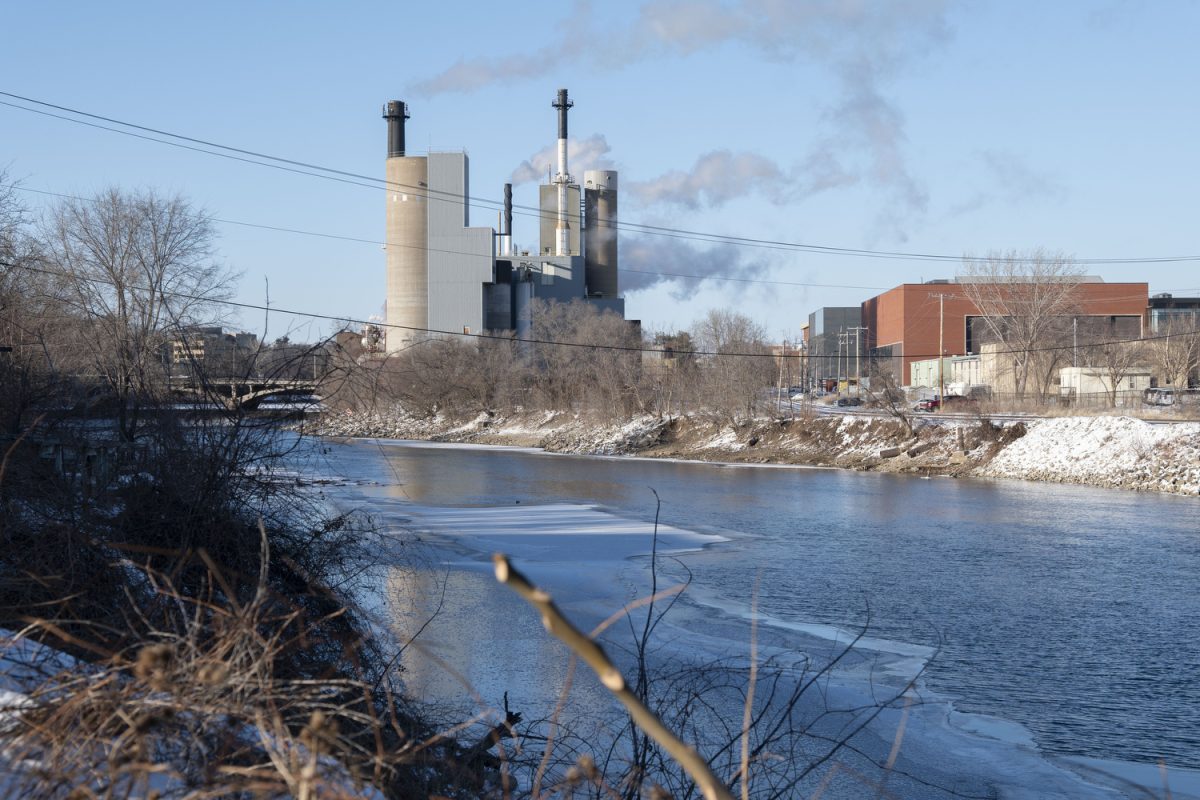Iowa is the largest producer of corn in the U.S. and, according to a recent report published by the Iowa Cancer Registry, has the second-highest incidence of cancer in the U.S.
Some are questioning whether nitrate in the agricultural industry plays a role.
Iowa is one of only two states with a rising age-adjusted rate of new cancer diagnoses with breast cancer at 13.9 percent, prostate cancer at 13.7 percent, and lung cancer at 12.1 percent, amounting to 39.7 percent of the estimated new cancers among Iowans, according to the 2025 report.
While the 2024 Cancer in Iowa Report focused on the role of alcohol as a carcinogen, the report states there is no one cause for cancer, and there are genetic, behavioral, environmental, and structural factors that influence the chance someone will develop cancer.
“There’s some theories that [Iowa’s high cancer rate] has to do with alcohol consumption and binge drinking by Iowans,” John Norwood, who served as the Soil and Water Commissioner for Polk County from 2018-21, said. “But, I think we need more science to understand the kinds of cancers that are happening, and is alcohol associated with those kinds of cancer or are there other pathways of exposure?”
RELATED: Iowa’s cancer rates continue to increase, numbers of survivors grow
Studies have provided evidence alcohol consumption has been linked to an increase in oral, pharyngeal, laryngeal, esophageal, colorectal, breast, and liver cancers. And while Iowa ranks as the fourth highest state in the nation for binge drinking, its agricultural practices could also play a role.
The Center for Health Effects of Environmental Contamination, or CHEEC, focuses primarily on drinking water contamination and its effect on the health of Iowans. Part of this effort involves focusing on the role of nitrate in chronic health effects like cancer.
“Nitrogen is something that gets used very heavily in things like agriculture, where it’s a nutrient that helps crops like corn grow,” David Cwiertny, the director of the Center for Health Effects of Environmental Contamination, said. “We do a lot of land application of things like anhydrous ammonia that then work their way into waterways after a rainfall. Then once it’s in the water, it can cause a variety of problems.”
Some of these problems include algae bloom in water, which can produce harmful toxins for people and animals to consume, as well as blue baby syndrome, or methemoglobinemia.
Blue baby syndrome, a condition that can occur when consuming water with high levels of nitrate that interfere with the way hemoglobin transports oxygen and causes asphyxiation, is the reason for the standard rate of nitrate per liter of drinking water.
However, the prior director of CHEEC, Peter Weyer, in partnership with the National Cancer Institute, found associations between types of cancer and drinking water that is below the standard rate of nitrate per liter. Cwiertny said the standard rate of nitrate per liter is 10, but certain research suggests cancer rates are higher where the nitrate level ranges from five to 10.
“Some studies have linked nitrate to colorectal cancers — one of the cancers that we have a fairly high incidence,” Cwiertny said. “There’s probably close to a million people drinking water above the five milliliters per liter, which might be a more protective threshold.”
Nitrate runoff is caused by two different types of sources: point sources and nonpoint sources. Point sources are sources of pollution that can be traced back to a single source, such as a wastewater treatment plant discharging nitrate, while a nonpoint source is harder to trace back to one source. Nonpoint sources typically include diffused runoff from agricultural areas over applying fertilizer and urban areas.
While the standard of nitrate has not changed since it was set at 10 mL in 1962, there are still ways the amount of nitrate that runs off into the water can be reduced. Part of this is being addressed by updates to the Iowa Nutrient Reduction Strategy.
One of the updates includes a recommendation for farmers to rotate crops, including a four-year schedule of corn, soybean, alfalfa, and alfalfa in a field and a three-year rotation of legumes. The significance of this is plants like legumes fix nitrogen in the soil, which reduces the need to oversupply nitrogen fertilizers for corn crops. This also has the potential to increase corn yield, according to the Iowa Nutrient Reduction Strategy.
“We need to think about how we build resiliency into the system, and part of building resiliency means adding diversity in the system,” Norwood said. “Diversity comes in many forms, and one of the forms is adding another crop.”
The addition of crops besides corn to Iowa’s farming, such as the crops being recommended farmers rotate between in the updates to the nutrient reduction strategy, can not only diversify Iowa’s economy but also improve soil health and allow farmers to fewer chemical fertilizers, Norwood further explained. This protects both farmers and the citizens of Iowa.
Even with this update, new cancers are still estimated to rise in Iowa with the Iowa Cancer Registry estimating 21,200 new cancers will be diagnosed in Iowa in 2025. Despite this, the registry also estimates 171,535 cancer survivors live in Iowa as the rate of survival also continues to grow.
“I urge [Iowans] to get screened, get informed, and as well as take action,” Robert Kruse, the state medical director at Iowa Department of Health and Human Services, said at the 2025 Cancer in Iowa Report press conference. “If you are a cancer survivor, know that resources are available to help you live your healthiest life. If you’re a health care provider, let’s work together to make beautiful change.”



